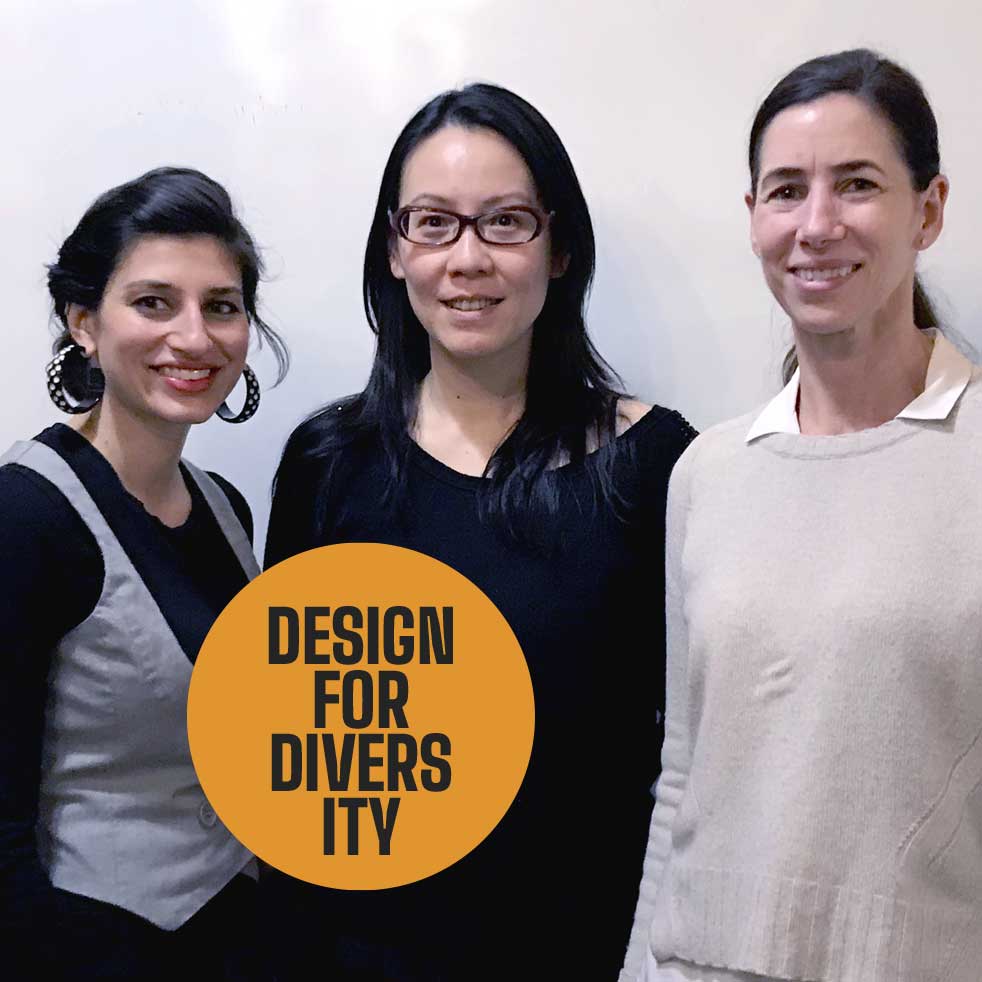
Design for
Diversity Toolkit
in the Classroom
by OpenCity Projects
“The toolkit... helps students apply an intercultural lens to explore public spaces and the needs of multi-public.”
— Zhixi Zhuang, architect- planner & Assoc. Prof. at Ryerson University’s School of Urban and Regional Planning
We talked to Zhixi Zhuang, an architect-planner and Associate Professor at Ryerson University’s School of Urban and Regional Planning. Zhuang is one of the only people in Canada teaching multicultural planning policies at the graduate and undergraduate level. She uses our Design for Diversity Toolkit as a teaching resource in her classes to engage a wide range of audiences and to find a common language for sharing practical knowledge.
OpenCity Projects (OCP): As a professor of urban planning at Ryerson University, what kinds of topics do you teach?
Zhixi Zhuang (ZZ): I teach a variety of core planning courses at both undergrad and graduate levels, including research method, planning and design fundamentals, studios, and multicultural cities.
OCP: Why is it important for you to teach cultural diversity in the context of urban planning?
ZZ: Recent immigration patterns have significantly transformed urban landscapes and posed challenges and opportunities to municipalities on the provisions of urban facilities, services and infrastructures. As planners, we need to understand how cities of diverse cultures evolve, whether the diverse needs of communities are addressed or not, and what municipal policies and programs can meet the diverse community needs and thus help sustain cultural diversity. There are fundamental questions for our students to consider when it comes to cultural diversity and planning: “Planning for whom?”, “How do needs for planning differ among various populations?”, and “How should planning policies and processes respond to such needs?”
OCP: What is the value of OpenCity’s Design for Diversity Toolkit as a teaching tool?
ZZ: The DfD toolkit provides students with hands-on learning opportunities to understand how cultural diversity has transformed urban spaces, and how design and planning can play a role to address diverse needs of different communities. It also helps students to apply an intercultural lens to explore public spaces and the needs of multi-public.
OCP: How can others benefit from using the toolkit in and outside of the classroom?
ZZ: The toolkit provides a diversity framework, useful guiding principles, and actionable tactics that can be widely adopted by a large variety of audiences from both academia and practice, and in all sectors, whether private, public, or non-profit agency.
OCP: Are there aspects of the toolkit that stand out as particularly useful?
ZZ: The best practices and missed opportunities are excellent takeaways for the audience.
OCP: Are there examples of Design for Diversity you’ve come across in your work/research, either locally or globally, that you’d like to share?
ZZ: My research also explores ethnic placemaking in suburban neighbourhoods. Planning and design for diversity in a suburban context presents different and unprecedented challenges and opportunities. It would be interesting to explore design for diversity in the suburbs.
OCP: How do you/your students feel the toolkit has shifted the way you/they think public space planning can be approached?
ZZ: For me, I think the toolkit provides tangible diversity-focused solutions to address the gaps in conventional planning and design practices that often overlook cultural diversity. It offers lots of important takeaways that practitioners can actually adopt and apply in their planning and design approaches.